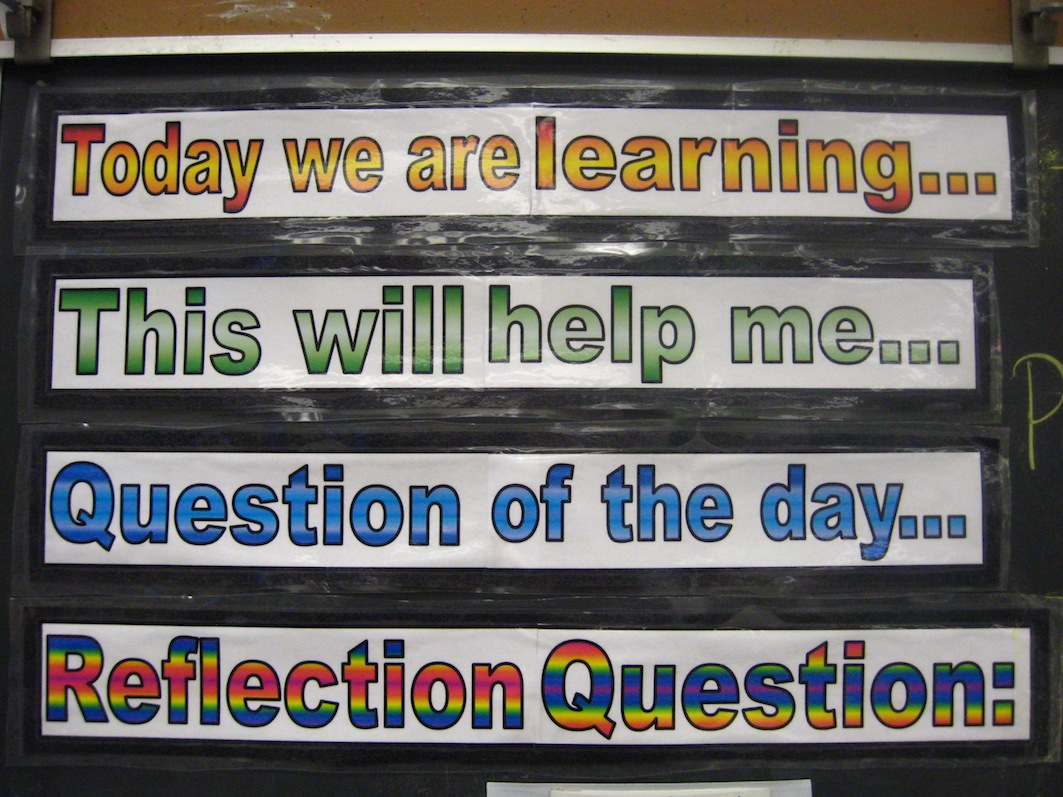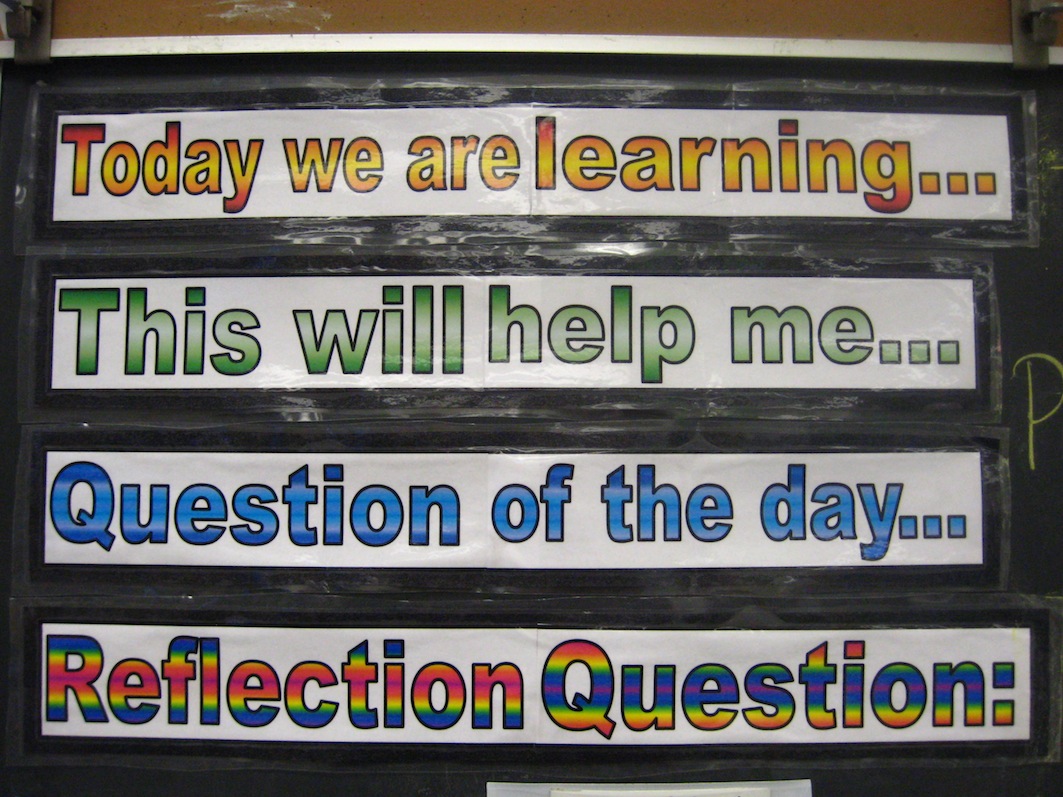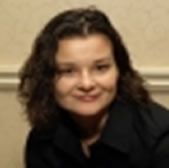Our school organized the annual “Jump Rope for Heart” play day to raise funds and awareness of the importance of heart health. Since our Grade 5/6 classes are quite responsible, it was decided that the Grade 6s run the events, the Grade 5s act as team leaders and teachers simply supervise to make sure things ran smoothly. What I witnessed that afternoon was nothing short of pure pride and astonishment at watching “mini” teachers at their best!
Team leaders would arrive at the stations and immediately count to make sure they had every child (JK-Gr4) accounted for. They would then make sure that the children were sitting and paying attention to the station supervisors. I was thoroughly impressed as I listened to the way they spoke with the younger children. “You’ll get to have fun right after we find out how to play this game. Remember that listening carefully makes it easier to understand what you need to do. We’ll be asking you to repeat the instructions so make sure you listen.” Wow. I took out a camera to film and photograph these meaningful moments. The team leaders then proceeded to explain and model each step. They divided the children into those who felt comfortable with the activity and those that needed extra help. As each group worked on their skipping skills, a leader continued to support them and modify steps so each child was successful! “It seems like this may be challenging for you and that’s ok because you’re just starting to learn this. You’re doing really well. I’ll modify it for you to make it easier, then we can try going faster.” Did she just say “modify?” One of my favourite moments was watching them celebrate each students’ success. High-fives were shared, cheers were abundant, and positive encouragement such as, “You did it! You’re amazing! I knew you could do it!” was given to everyone. I simply sat back with a huge smile across my face as other teachers noticed the same thing.
Afterward, I showed them the video and let them know how amazed I was at what I saw that afternoon. My students were proud, of course, but they reminded me that in our classroom that’s how we talk and act (most of the time). “We’re doing what you do Mrs. O!”
The truth is that our actions are much more powerful than our words and if we want to teach children how to behave, learn, think critically, etc. the best way to do so is to model it in our daily classroom experiences. I cannot stress enough the power of good modelling, self-reflection, and the celebration of success as we try to teach our students to become independent, motivated, self-confident individuals.








